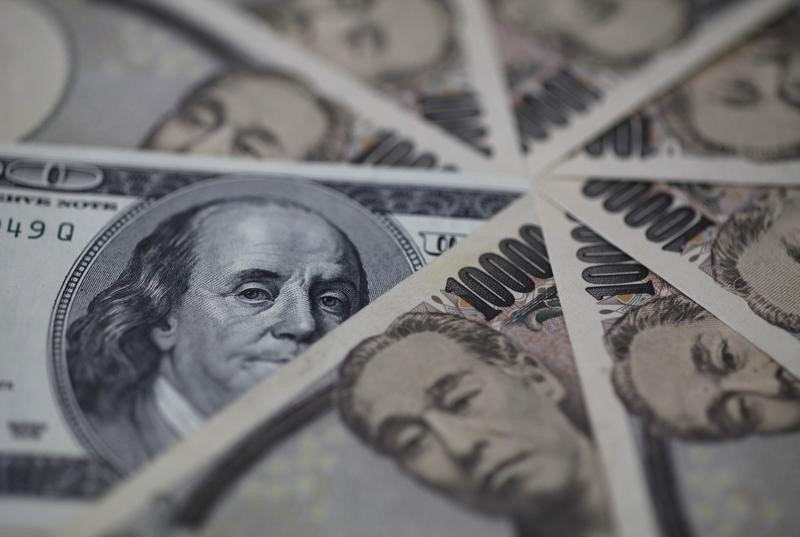* Dollar hits 10-week low vs yen, eases against Swiss franc
* Policy divergence to support dollar over long term in 2016
* Soft China data hits Aussie (Updates throughout)
By Shinichi Saoshiro
TOKYO, Jan 4 (Reuters) - The dollar fell to a 10-week low against the yen as tensions in the Middle East and soft Chinese data added bids to the safe-haven Japanese currency in the first trading session of 2016.
The dollar was down 0.4 percent at 119.77 yen JPY= after hitting 119.685, its lowest level since Oct. 22. The greenback also eased against the Swiss franc, another safe-haven. The franc gained 0.3 percent to 0.9997 franc per dollar, moving away from a 3-1/2-week low of 1.0030 hit the previous session.
Investor risk appetite took a knock at the start of the new year after Saudi Arabia on Sunday severed ties with Iran and data showed China's factory activity shrank for the tenth straight month in December, hitting shares across Asia.
Still, battered crude oil prices rebounded on Monday as the Middle East tensions stoked supply concerns and some observers saw this ultimately favouring the dollar.
"Instability in the Middle East might lead to the yen being bought against the dollar, but that might be temporary as higher oil prices would support the economy of the United States, a major oil exporter, in the longer term," said Masashi Murata, senior currency strategist at Brown Brothers Harriman in Tokyo.
The U.S. currency could also look forward to a year in which the market expects divergence in central bank monetary policies to give it an edge over its peers.
The dollar index, a gauge of the greenback's strength against a basket of key currencies, gained roughly 10 percent last year as the Federal Reserve began hiking interest rates for the first time in almost a decade. Meanwhile, the European Central Bank and the Bank of Japan were stuck with very loose monetary policy schemes and are expected to ease even further.
"The FX market will likely start 2016 with a strong sense of deja vu, as many themes from last year remain firmly in place," wrote strategists at Barclays (L:BARC).
"Most notable are the monetary policy divergence led by the Fed, lower commodity prices and the role of a weaker China and emerging markets in the global recovery."
The dollar index .DXY rose to 99.855, its highest since Dec. 18 early on Monday before pulling back to 98.664.
The euro was up 0.1 percent at $1.0861 EUR= after briefly slipping to $1.0805, its lowest since Dec. 18.
The Australian dollar, often used as a proxy for China-related trades, was down 0.9 percent at $0.7218 AUD=D4 in the wake of Monday's poor Chinese factory activity data. The Aussie lost roughly 12 percent in 2015 on factors including lower commodity prices, rate cuts by the Reserve Bank of Australia (RBA) and prospects of slower growth in China.
Whether the RBA sees the need for further easing and Chinese economic performance are seen dictating the pace of the Aussie in 2016.
The New Zealand dollar was down 0.9 percent at $0.6768 NZD=D4 . The kiwi also suffered a loss exceeding 10 percent in 2015, but dairy prices showed signs of bottoming out last year and analysts reckon this could give it a leg up over the Aussie in 2016.
